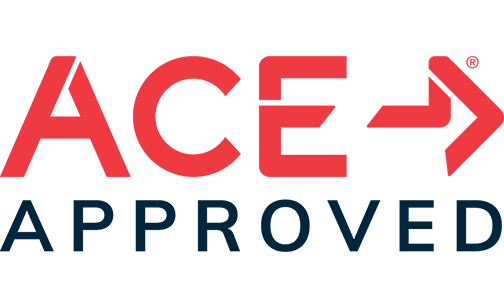How to Choose Safe Seafood
- Lisa Wright Burbach
- Oct 15, 2022
- 2 min read

Got Omega-3's!! Seafood is a great way to get healthy fats, especially Omega-3, but we have to be cautious shoppers to make sure that we have safe seafood, free from harmful heavy metals and toxic ingredients and from a healthy environment where they are sustainably farmed or safely wild caught. Mercury is a big concern, too much of it can cause neurological problems, including tremors, memory problems, headaches, vision loss, insomnia, anxiety, and other neurological problems.
Fish Highest in Mercury:
King Mackerel
Large Tuna
Marlin
Shark
Swordfish
Tilefish
The FDA suggests seafood is safe to eat if the flesh contains less than 1 microgram of mercury, but not all scientists are in agreement. Most fish are generally safe to eat when eaten occasionally.
In addition to mercury concerns, it is a good to look at farming practices, like how the fish are fed and cared for or how they are wild-caught. It's important to be aware that microplastics are so ubiquitous that they are even in the flesh of the fish we eat, as are pesticides and other chemicals in the water. All that said, the benefits outweigh the risks, so we should not avoid eating fish altogether. By being careful shoppers we can gain the benefits without worry.
The number of times you eat fish each week will be based on your choices. If you choose a fish higher in mercury, you may want to consume less fish that week.
Benefits of eating fish:
A nutrient-dense choice
A great source of Omega-3 Fatty Acids
Can lower heart risks
May reduce Alzheimers risk
May help with depression
Is good for the eyes
May help you sleep better
It is a lean choice
When shopping for seafood consider these as best choices
Sustainable seafoods - you should see this on the label
Ocean-Friendly Companies- you should see this on the label
Buy local when possible
Young, wild-caught fish is often the best choice
Pacific Ocean-caught fish often have richer levels of Omega-3

From Dr. Sears Wellness Institute
Sorting through the data and remembering all of this information can be tricky. I use Monterey Bay Aquarium's seafood guide. You can print it and keep it in your wallet or keep a copy on your phone. Pull it out when you are buying fish.
Share your favorite fish recipes with us! Tag us on social media too!
@lwburbach on Instagram.
Hate eating fish? You still need Omega-3. That's where safe supplementation comes in.
There are many ways to get omega fatty acids into your system with your diet. You can consume meals with fatty fish, flaxseed oil, and more. But if you want to keep things simple, we have some great dietary supplements to bridge the gap.
Our fish oil contains seven ultra-pure, pharmaceutical-grade omega-3 fatty acids, including EPA and DHA, naturally found in small, cold-water fish.






Comments